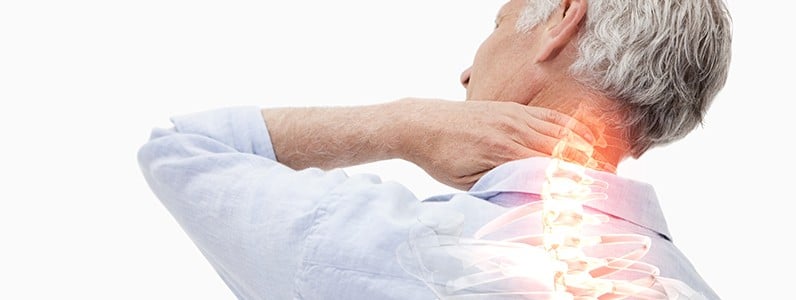
The vertebrae in the spinal column are grouped into different sections and at the very top is the cervical spine. The vertebrae in the cervical spine are numbered C1 to C7 and work to support the weight of your head.
The neck has the greatest range of motion. The first vertebra, C1, connects directly to the skull through the atlas and allows your head to move up and down, which is the nodding motion. The C2 has a protrusion that the atlas revolves around, which allows your head to move from side to side.
As the cervical spine is essential for moving your head, any type of cervical injury can be difficult to deal with. If you’ve been involved in some kind of accident that caused cervical injuries, be sure to submit a personal injury claim. Some types of cervical injuries include:
The most common cervical injury is whiplash. Whiplash occurs due to excessive hypertension and hyperflexion of the neck. When a person’s body is thrown forward during an accident, but the head is delayed, the neck is hyperextended. When the head is thrown forward during a crash, it flexes the cervical spine.
Whiplash may be classified by severity and graded between 0 and 4. A grade 4 whiplash may be the result of fracture or dislocation.
The symptoms a person may develop will depend on the injury, but most all cervical injuries will result in:
The spinal cord’s connection to the internal organs can also result in other symptoms. The C1 provides blood supply to the head, and is connected to the middle and inner ear, and the sympathetic nervous system. Injury to the C1 can result in headaches and migraines, dizziness and fatigue.
As the C2 is connected to the eyes, optic nerve, auditory nerves and sinuses, you may have sinus issues, blurred vision, or ringing in the ear after a C2 injury.
Injuries to the lower cervical spine, such as the C6 and C7, are more likely to be linked to pain in the neck and shoulders as well as issues within the throat, like a sore throat, persistent cough or inflamed tonsils.
If you recently suffered a cervical injury after a slip and fall or car accident, contact a chiropractor for medical treatment. A spinal alignment, as well as a personalized treatment plan, can help reduce your pain and get you back on your feet.
Call 1-877-DRRIGHT to schedule an appointment at a ChiroCare of Florida office near you.
